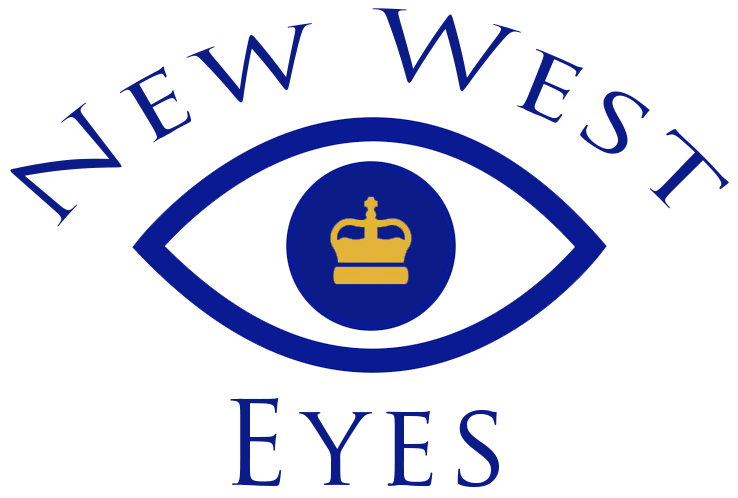What to expect
When coming in for a testing appointment be sure to check in at reception and they will direct you to where you need to be for your test. Please allow at least 30 minutes for these appointments. Most testing appointments like visual field tests and OCT's do not require dilation. However, if dilation is needed, you will be informed prior to your appointment.
Please make sure to bring the following:
Carecard
List of current medications
List of allergies and medical history
Current prescription glasses
A translator if not fluent in English
A driver (if you require dilation)
During your visit your technician will also perform some standard testing for you. This helps your doctor get a better understanding of the health of your eye today during your test. Some of these will include:
Auto-refraction: This is a quick, automated measurement of your eyes to determine an estimation of your refractive error. This helps your technician to better understand what lenses are needed for your eyes.
Visual acuity: You will be asked to read the letters on the vision chart with each eye individually. This determines how well your distance vision is.
Intra-ocular pressure: Your technician will put a topical numbing drop in each eye. This drop will last approximately 15-20 minutes and will NOT make your eyes blurry. The technician will take a quick measurement of each eye with a specialized device that looks like a pen. We try to do this measurement as often as possible as intra-ocular pressure tends to fluctuate throughout the day. We will record your measurements for the doctor to review.
Pachymetry: This is a measurement of the thickness of your cornea. This is done very similar to when we check your eye pressure. The technician will instill a topical numbing drop to each eye and with a "pen like" device take a measurement of each eye. Pachymetry is useful in screening for patients who are suspected of developing glaucoma, among other uses as well.

